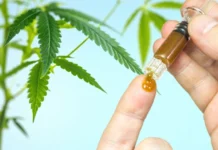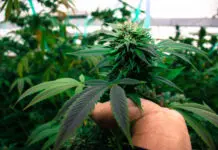Plants reproduce in several ways. For instance, green algae, the most primitive members of the plant kingdom, duplicate by splitting (fission). Other plants reproduce by fragmenting or breaking apart. As an aside, both of these processes fall under the umbrella of asexual reproduction. Plants higher up on the food chain reproduce sexually with parents from each sex, releasing gametes or reproductive cells.
Some of the reproductive organs used by plants include spores, flowers, and seeds. By way of expanding on this discussion, let’s take a brief look at each of these options.
-
Spores
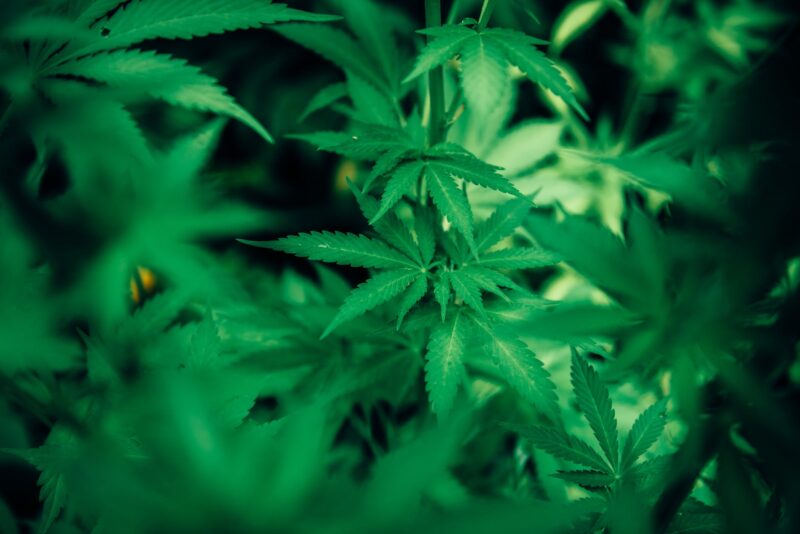
Spores are reproductive cells that can develop into a new plant without fusing with another cell. This minute spore cell contains all the nutrients and the DNA to grow into a multicellular plant that is a duplicate of its parent. These spores only divide and grow under favourable conditions. Examples of spore-producing plants include mosses and ferns. These spores are often found on the underside of the parent’s leaves and are carried to new areas by wind and rain.
-
Flowers
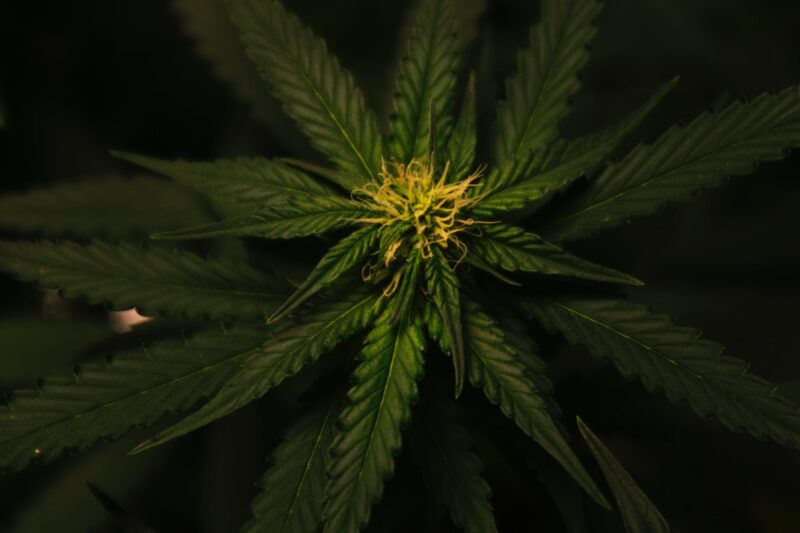
Flowering plants grow flowers to reproduce. There are three different types of reproductive mechanisms in flowering plants. Monoecious plants produce both male and female flowers on the same plant, hermaphrodite plants grow a single flower that contains both male and female productive organs, and dioecious plants have male and female reproductive organs on different plants. As an aside, cannabis grown by seeds from Sensi Seeds are dioecious plants.
-
Seeds

Seeds are essentially embryonic or immature plants enclosed in protective coats (the outer seed coating). Seeds also store nutrients like oil, starch, and protein in the endosperm. Lastly, seeds are a more evolutionary advanced form of plant reproduction than spores.
Reasons not to allow the natural pollination of cannabis plants
Before we look at ways to determine the difference between the male and female plants, it is essential to note that it is not a good idea to allow the natural pollination of the female plants by the male plants.
Why?
The resinous buds that you see in the stores are all female buds that have not been pollinated. While pollination is necessary to produce seeds that will grow the next generation of cannabis plants, most growers remove the males from the cannabis crop to allow females to make seedless buds. Seeded buds are qualified as low-quality marijuana because smoking seeded buds produce harsh and unpleasant smoke. The good news is that there are alternative mechanisms to cannabis plant reproduction without allowing male plants to pollinate the female plants, namely, clones and feminized seeds.
Telling the difference between male and female cannabis plants
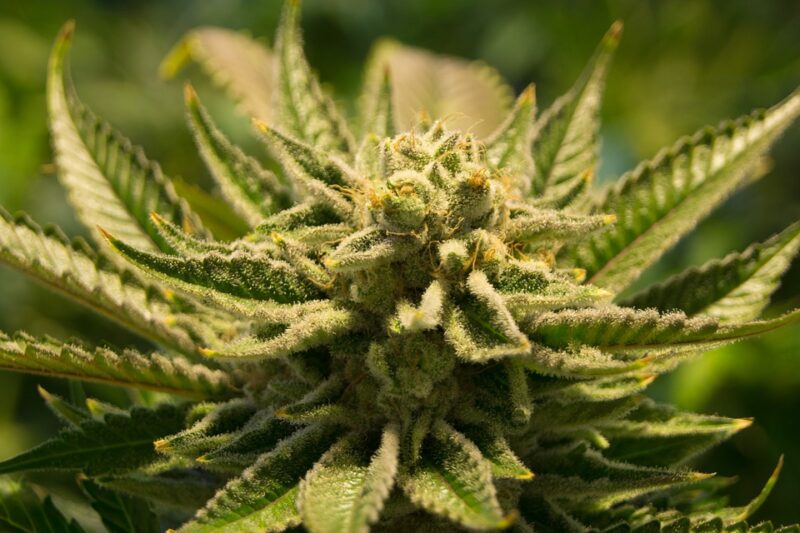
Now that we understand the different reproduction mechanisms that the plant kingdom uses, let’s look at sexing cannabis plants to determine whether they are male or female.
The only way to determine whether a marijuana plant is male or female is to look at what grows between the leaves and branches extending from the stalk (the nodes). Pollen sacs develop on male plants to spread the pollen, and stigma forms on the female plant to catch the pollen. These differences are visible weeks before they start releasing and catching the pollen, respectively. These pollen sacs and stigma are known as pre-flowers.
Succinctly stated, pre-flowers generally begin to develop when the plants are only four weeks old. However, they may take a bit longer, depending on how long the sprouting phase takes. But, by the sixth week of growth, you should start to see the pre-flowers.
It is important to note that it is initially challenging, if not possible, to see the pre-flowers without some form of magnification. Consequently, it’s best to use a magnifying glass. Look at the plant nodes to see if you notice any early growth of pollen sacs on a male or two bracts on a female that will eventually turn into the hair-like stigma. Although there are other ways to determine whether a cannabis plant is male or female, this is the most reliable.
Lastly, it is essential to remove the males as soon as you can. This frees up space in the area where the cannabis plants are growing so that the females can grow bigger and stronger. The bigger and stronger the female plants are, the higher quality the unseeded female buds will be. Secondly, it prevents the male plants from pollinating the female plants. As described above, female seedless buds produce a far superior smoke to female seeded buds.
The challenge of hermaphrodite cannabis plants

The caveat to this discussion is hermaphrodite cannabis plants. In summary, these plants are female plants that develop both male and female sex organs. Consequently, just one of these plants will pollinate the entire crop of female plants. There are two types of hermaphrodite plants: A plant that produces both buds and pollen sacs and a plant with anthers or exposed pollen-producing stamens.
Why do hermaphrodite plants occur?
This phenomenon occurs when a plant becomes extremely stressed. Events that cause a plant or crop of plants to stress include bad weather, disease, nutrient deficiencies, and plant damage.
As a result, it is imperative to monitor the plants when they have been exposed to one or more of the stressors highlighted above to determine whether any plants have become hermaphrodites. It stands to reason that all of the hermaphrodite plants must be removed.
Finally, there is one other reason that will produce hermaphrodite plants: Plant genetics. Poor plant genetics increases the risk of growing hermaphrodite plants. Therefore, it is essential to ensure that you purchase high-quality feminized seeds or clones to prevent this scenario from occurring. Secondly, as described above, these plants must be removed as soon as possible to stop these female plants from pollinating the rest of the crop of female plants. If you wait too long before identifying and removing these plants, you run the risk of losing your total crop of unseeded female buds and ending up with a yield of seeded female buds. In other words, one hermaphrodite female plant can destroy your entire crop.





